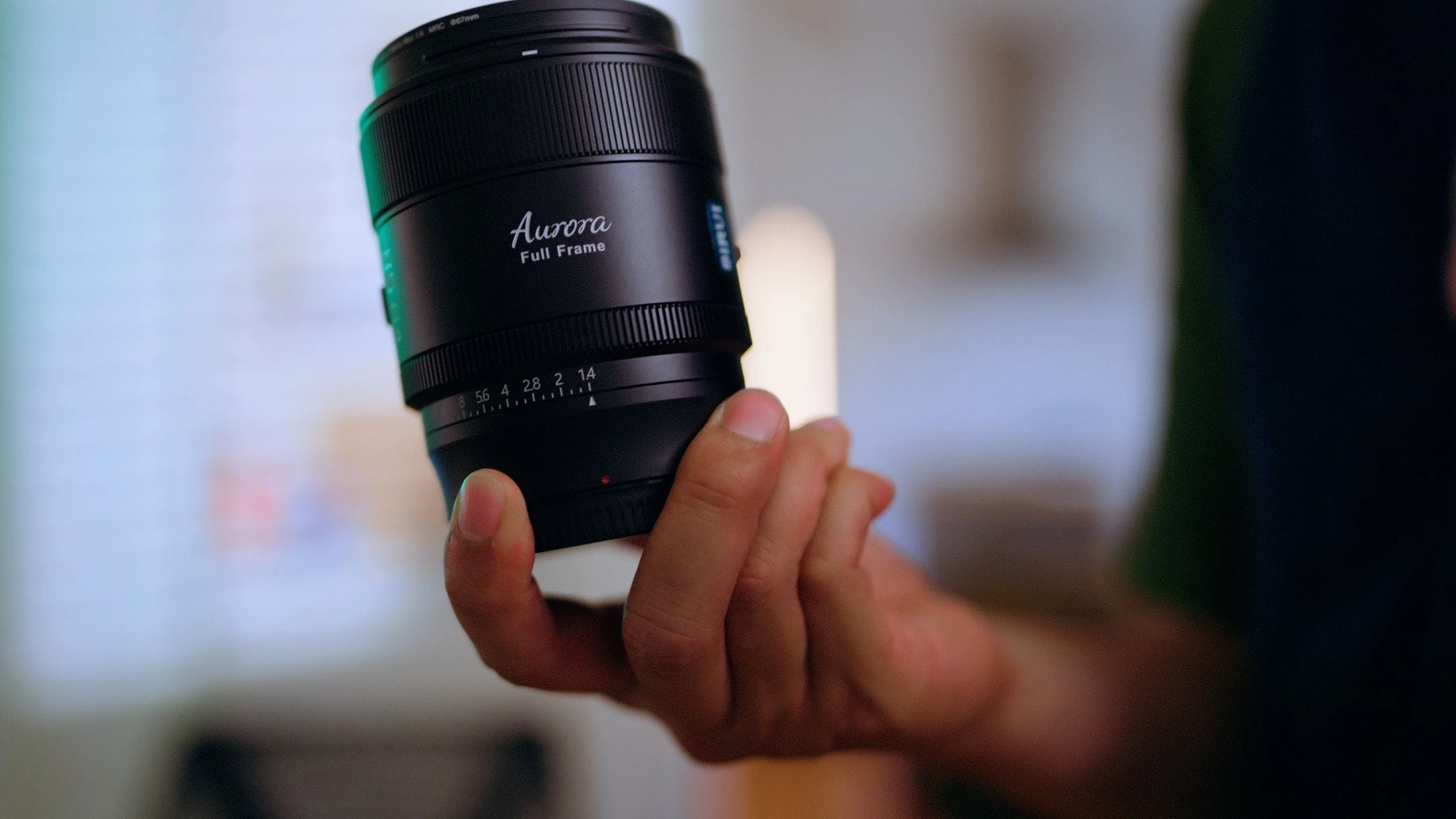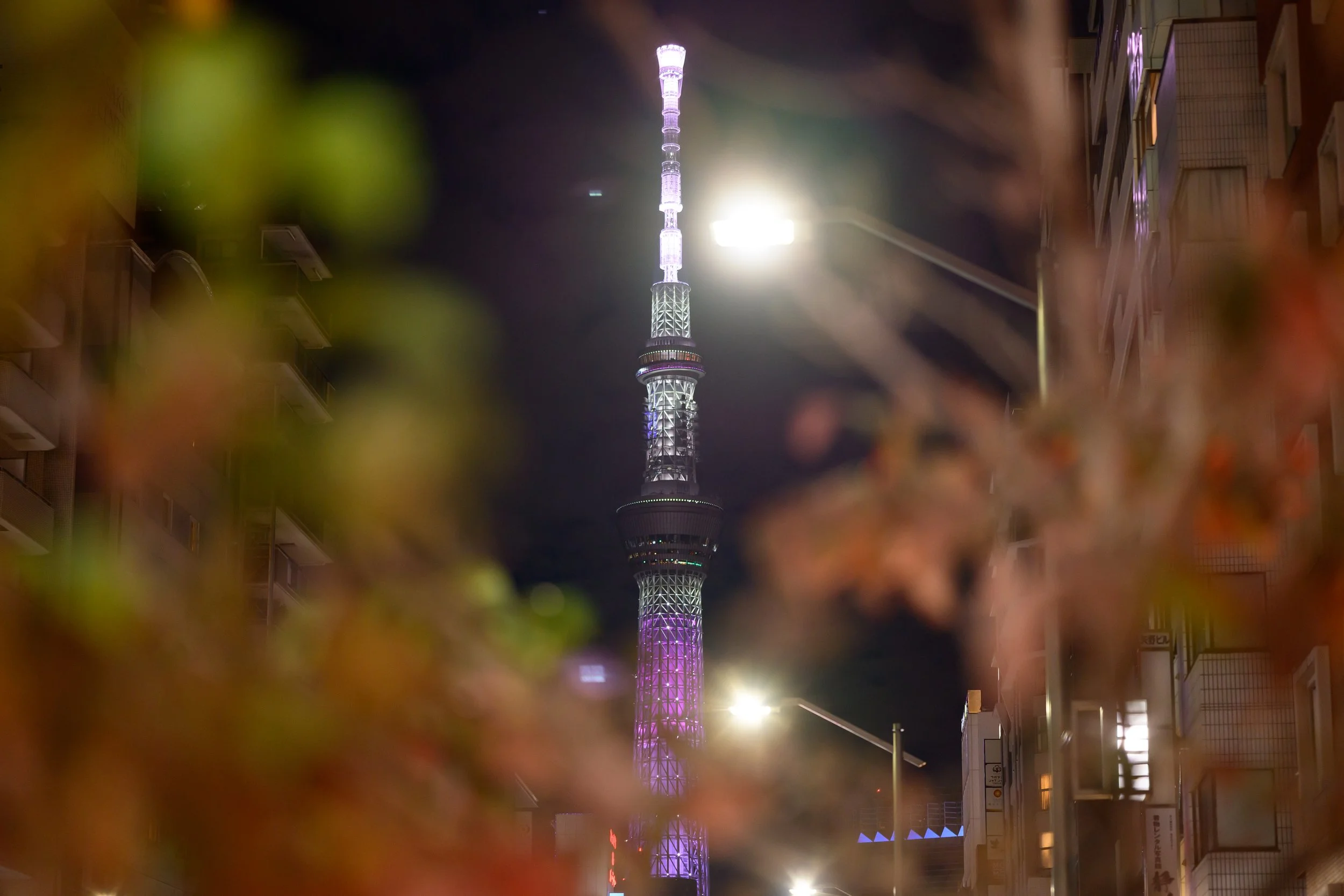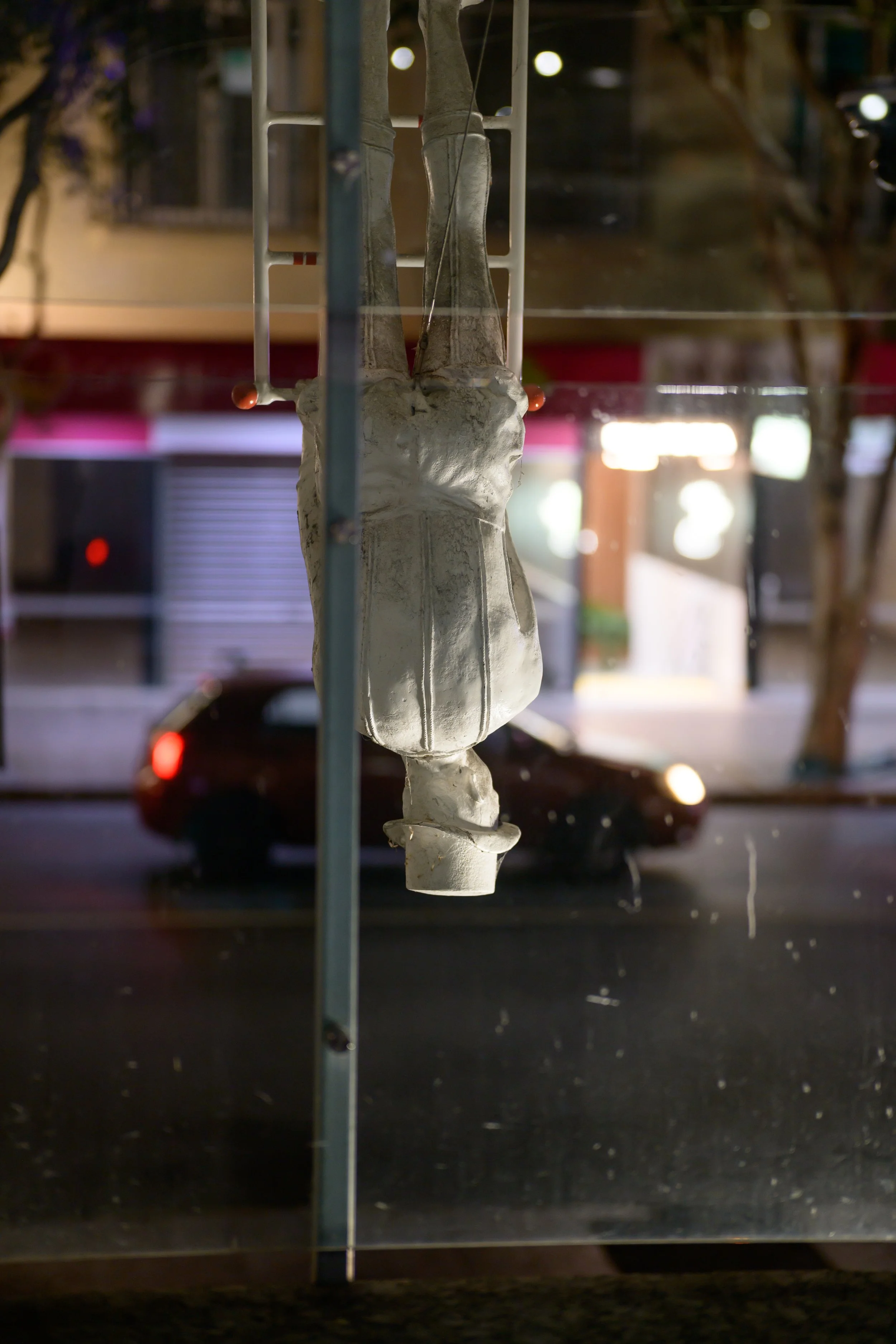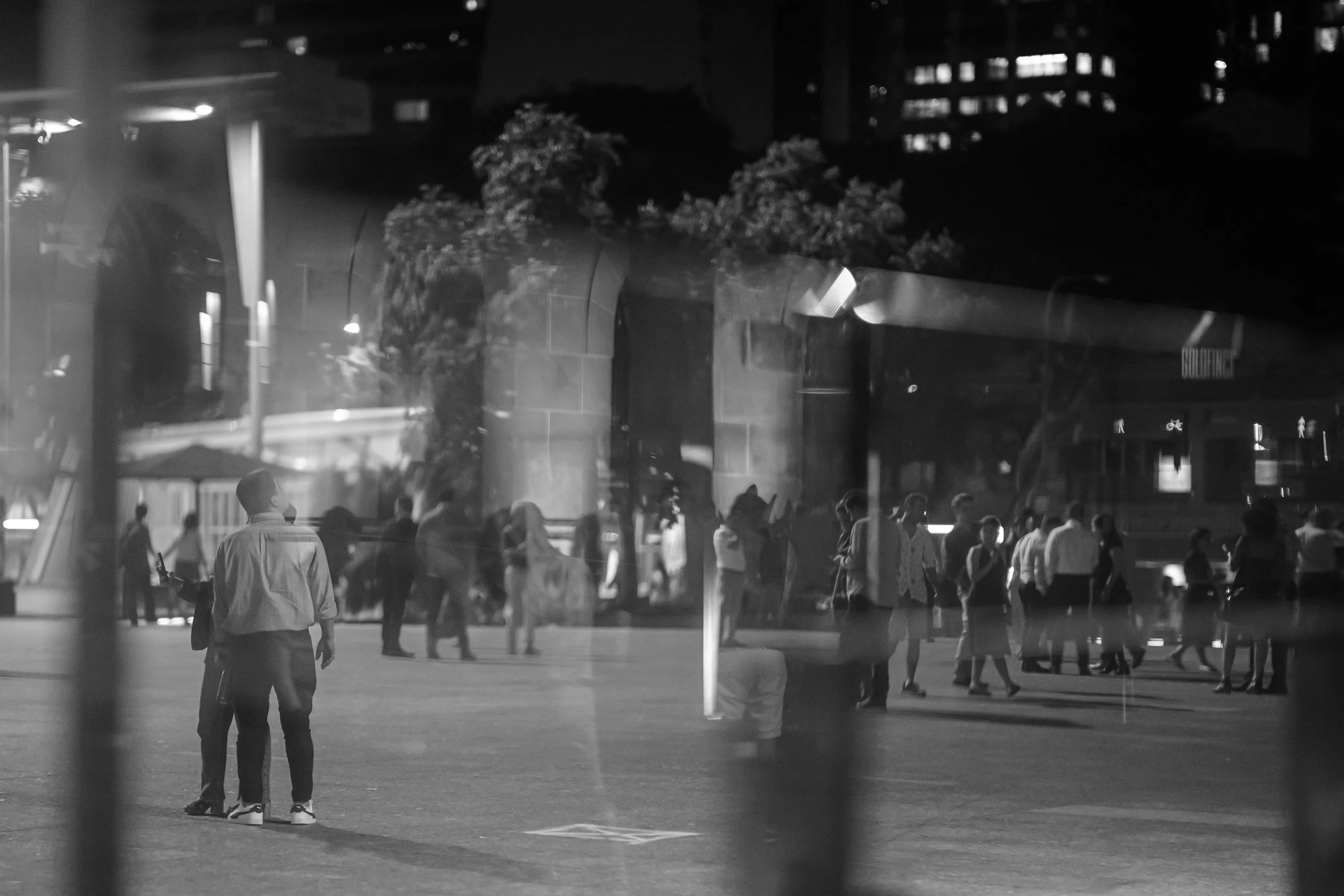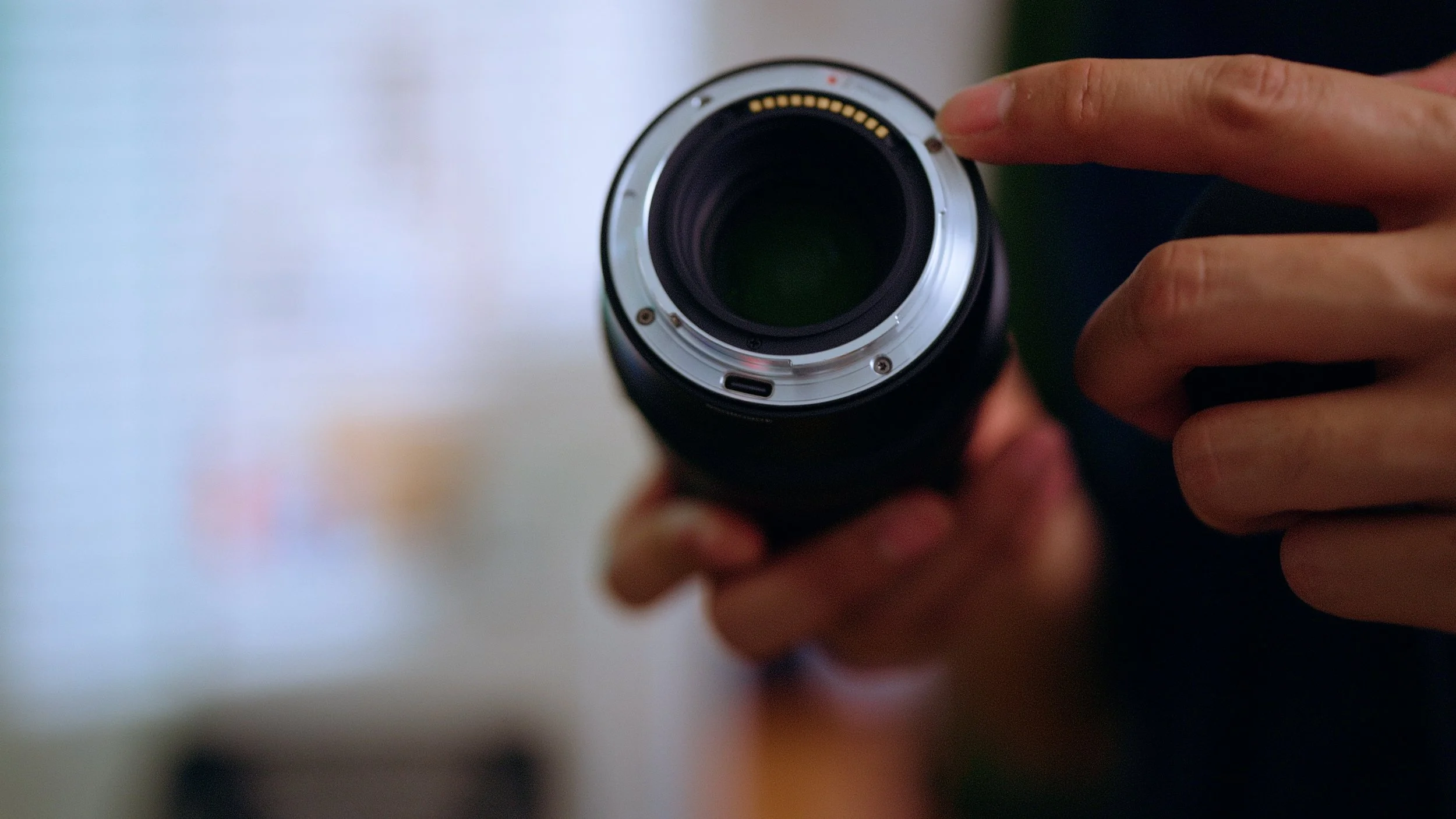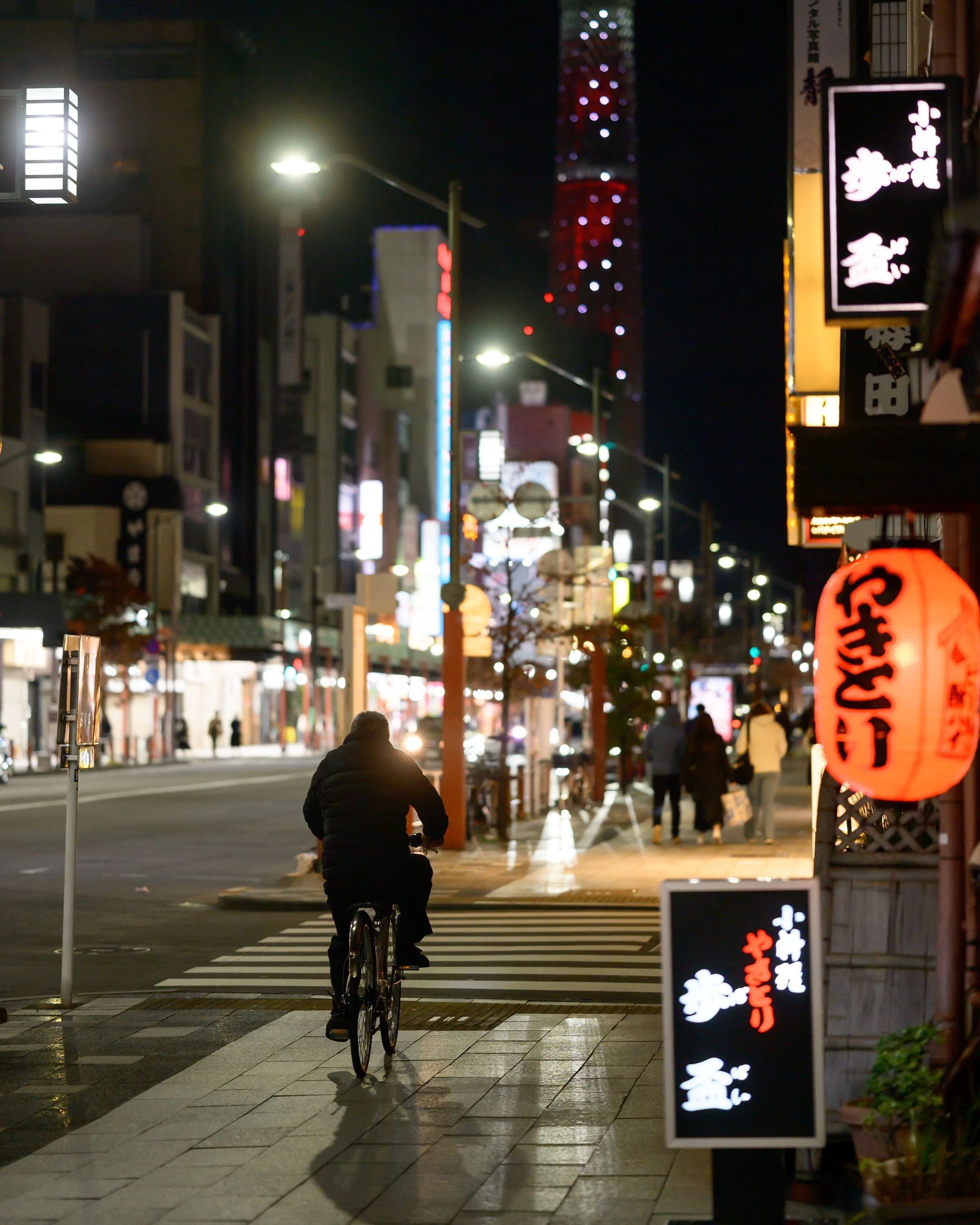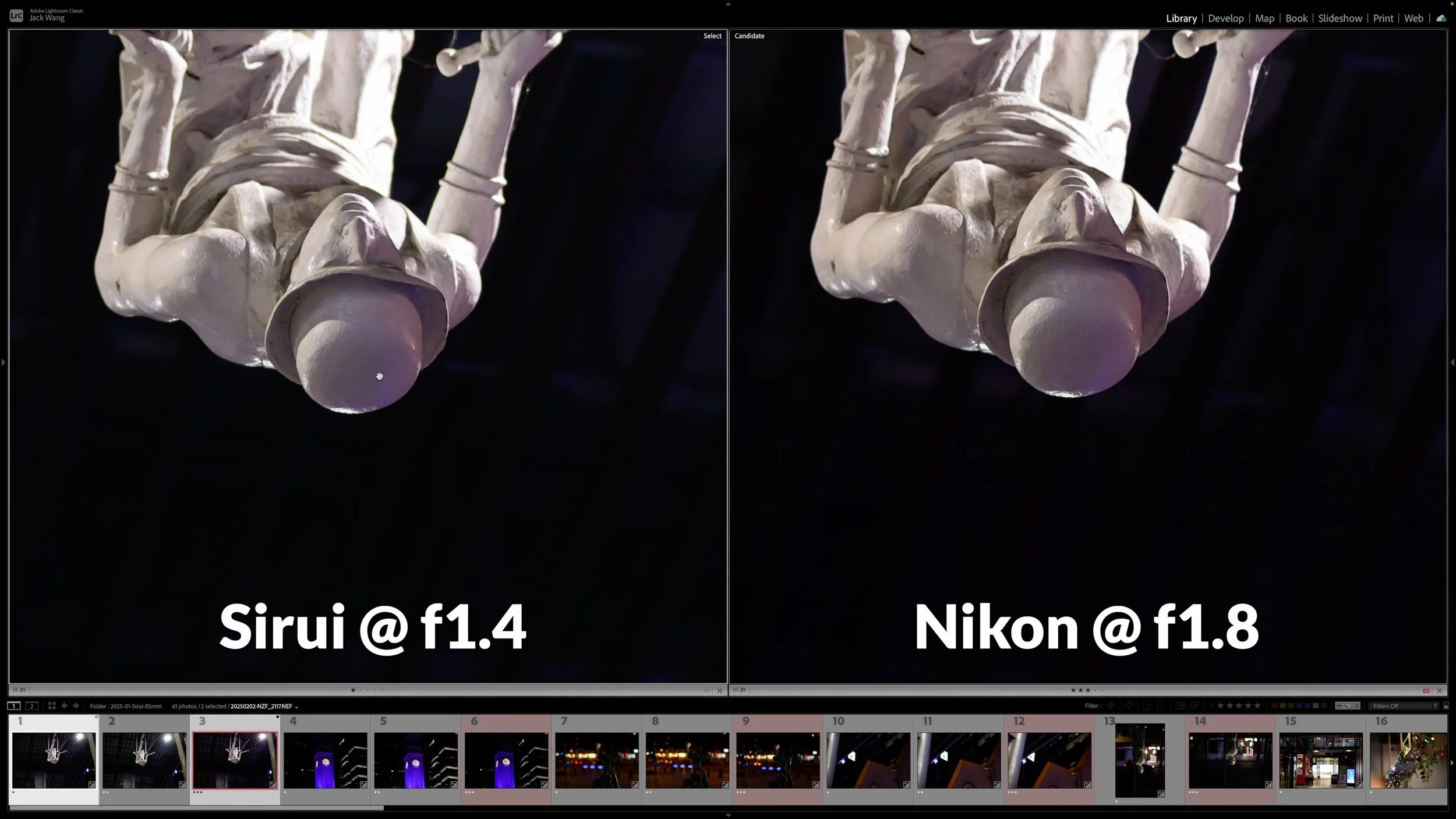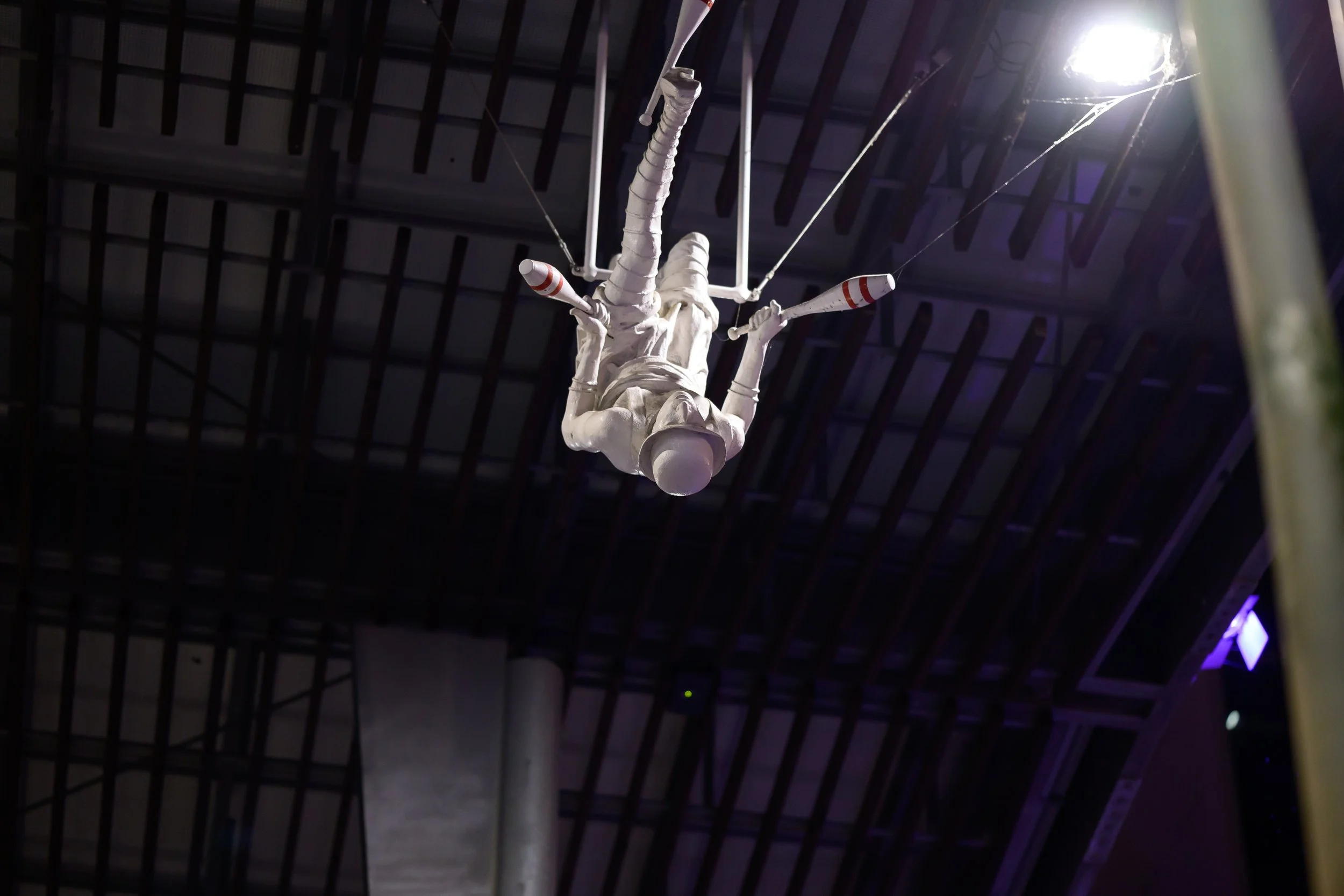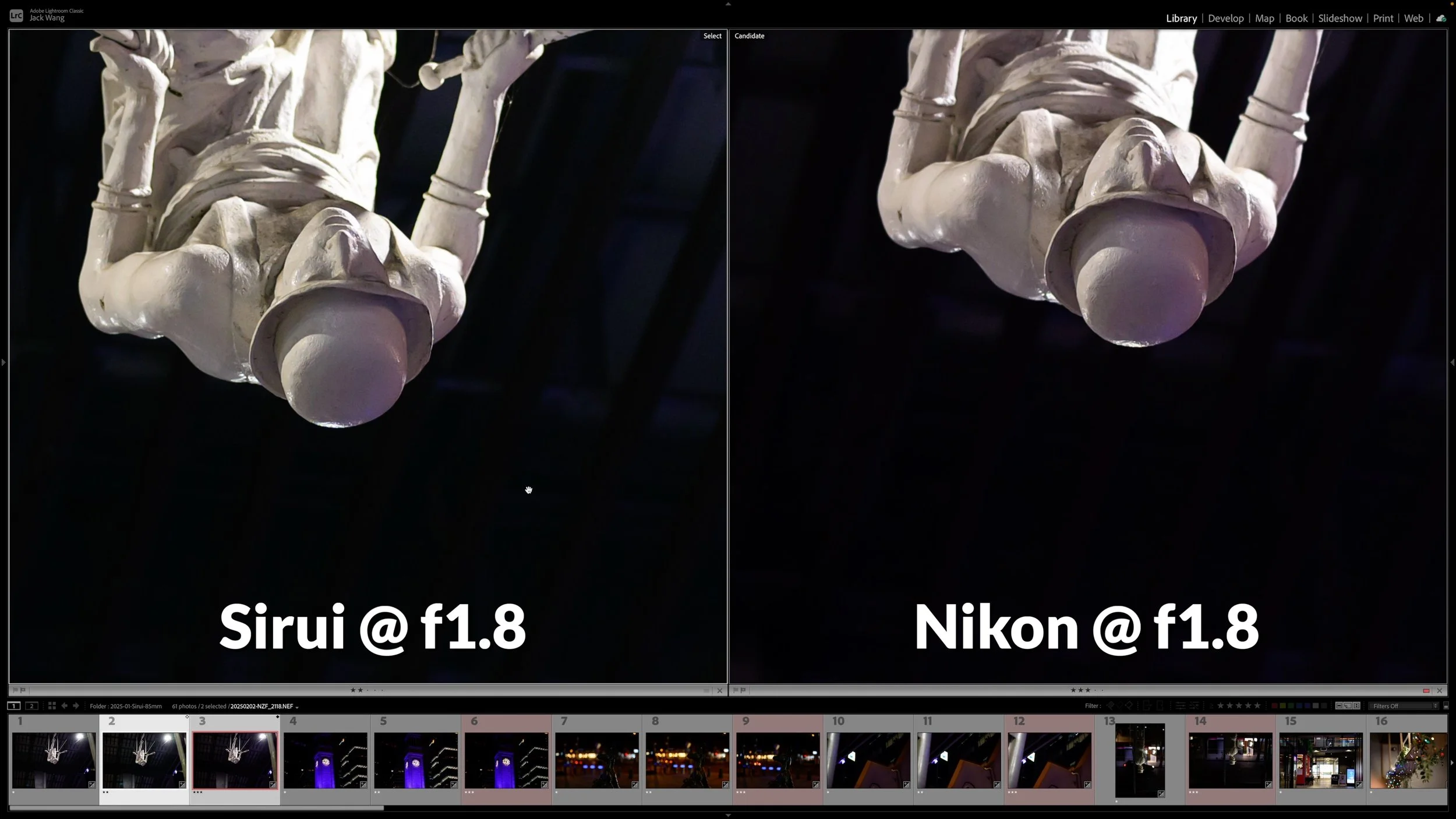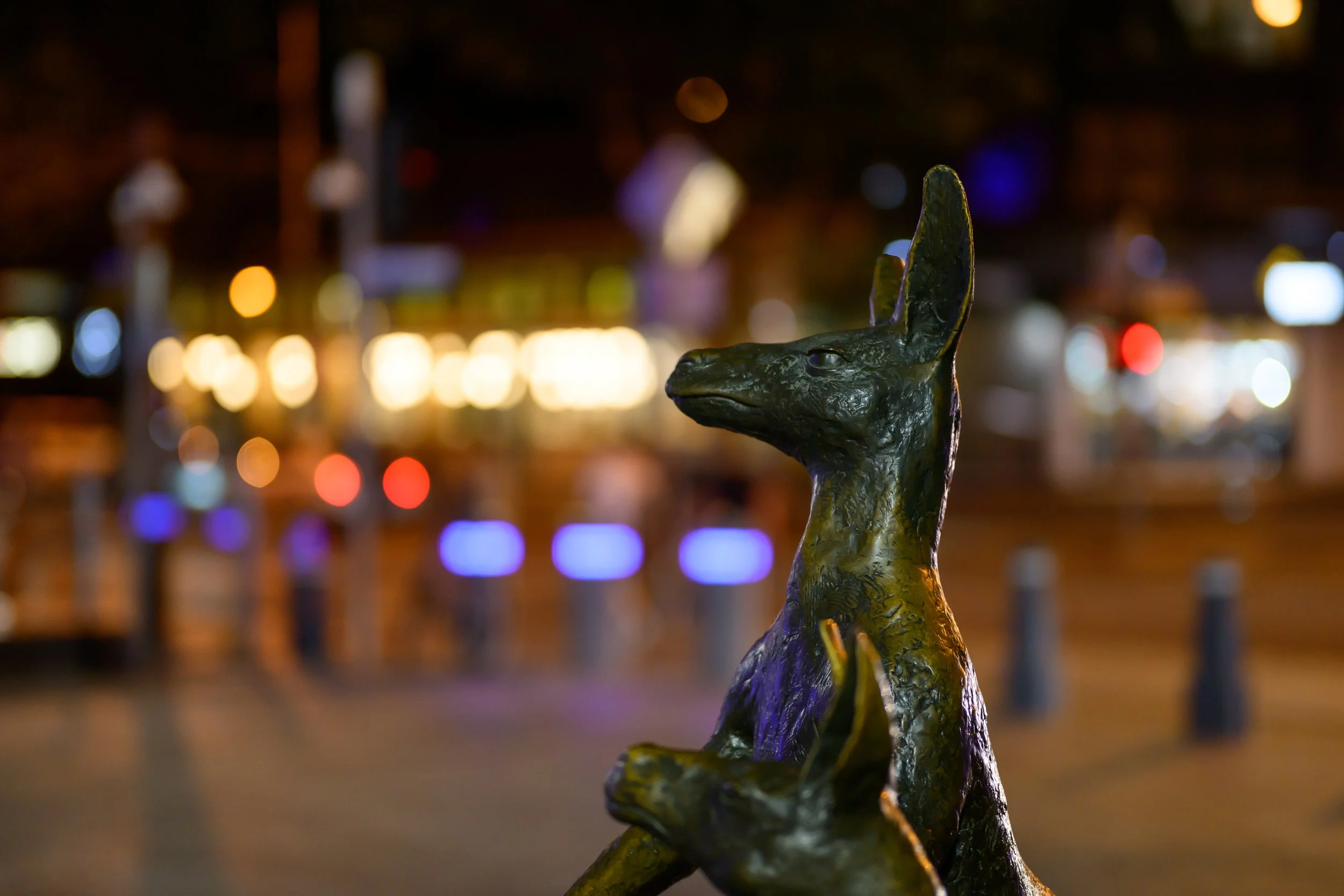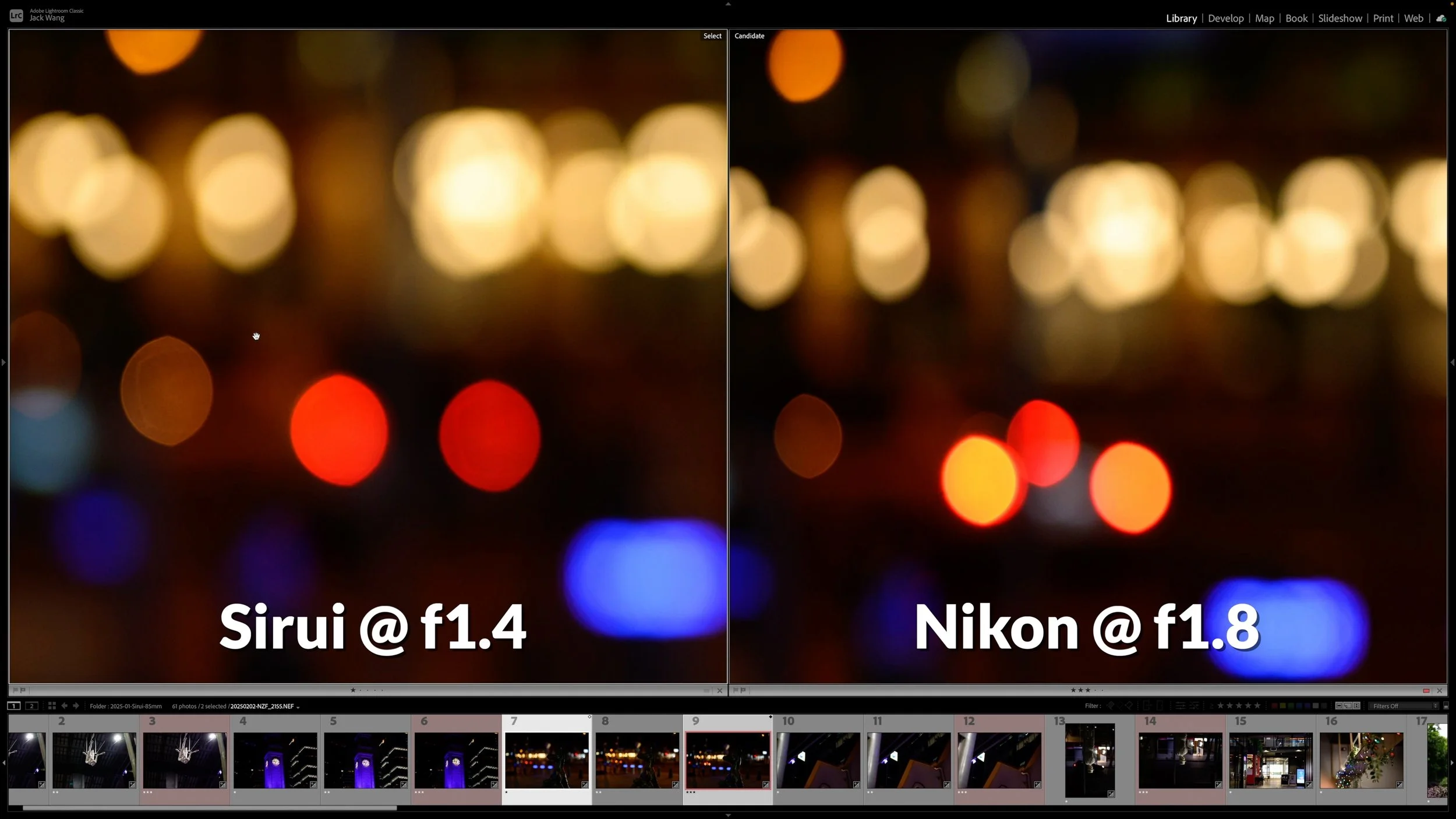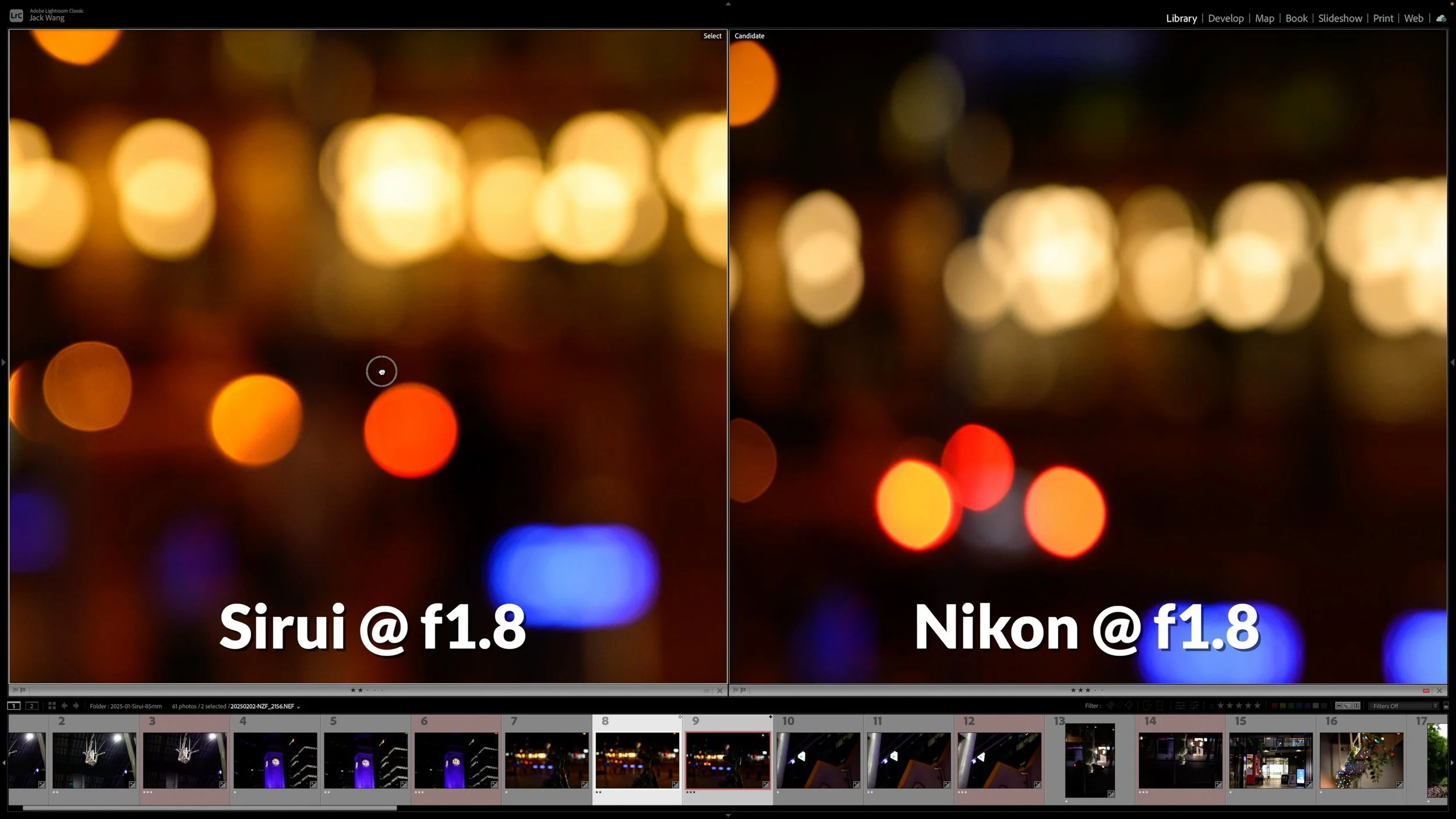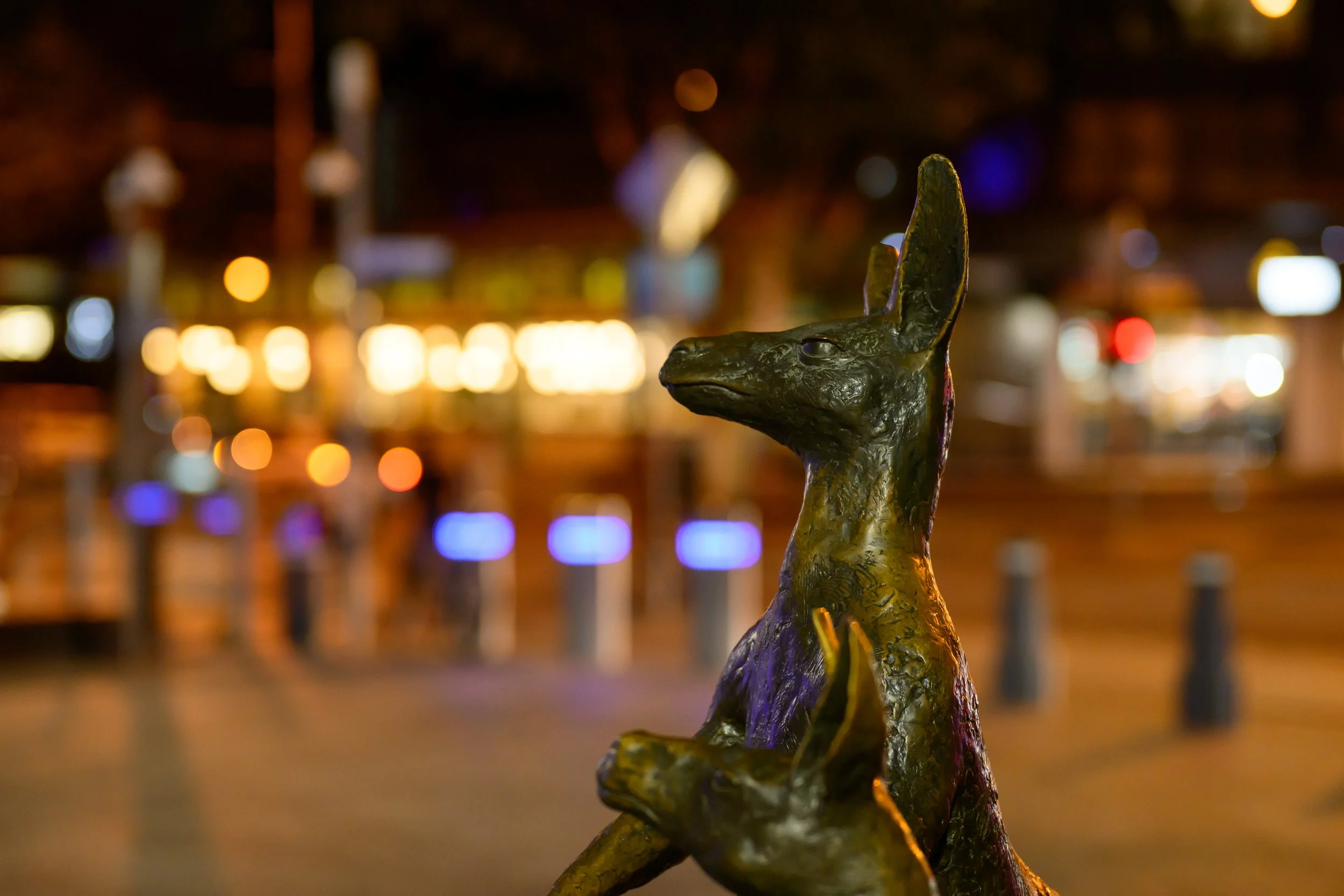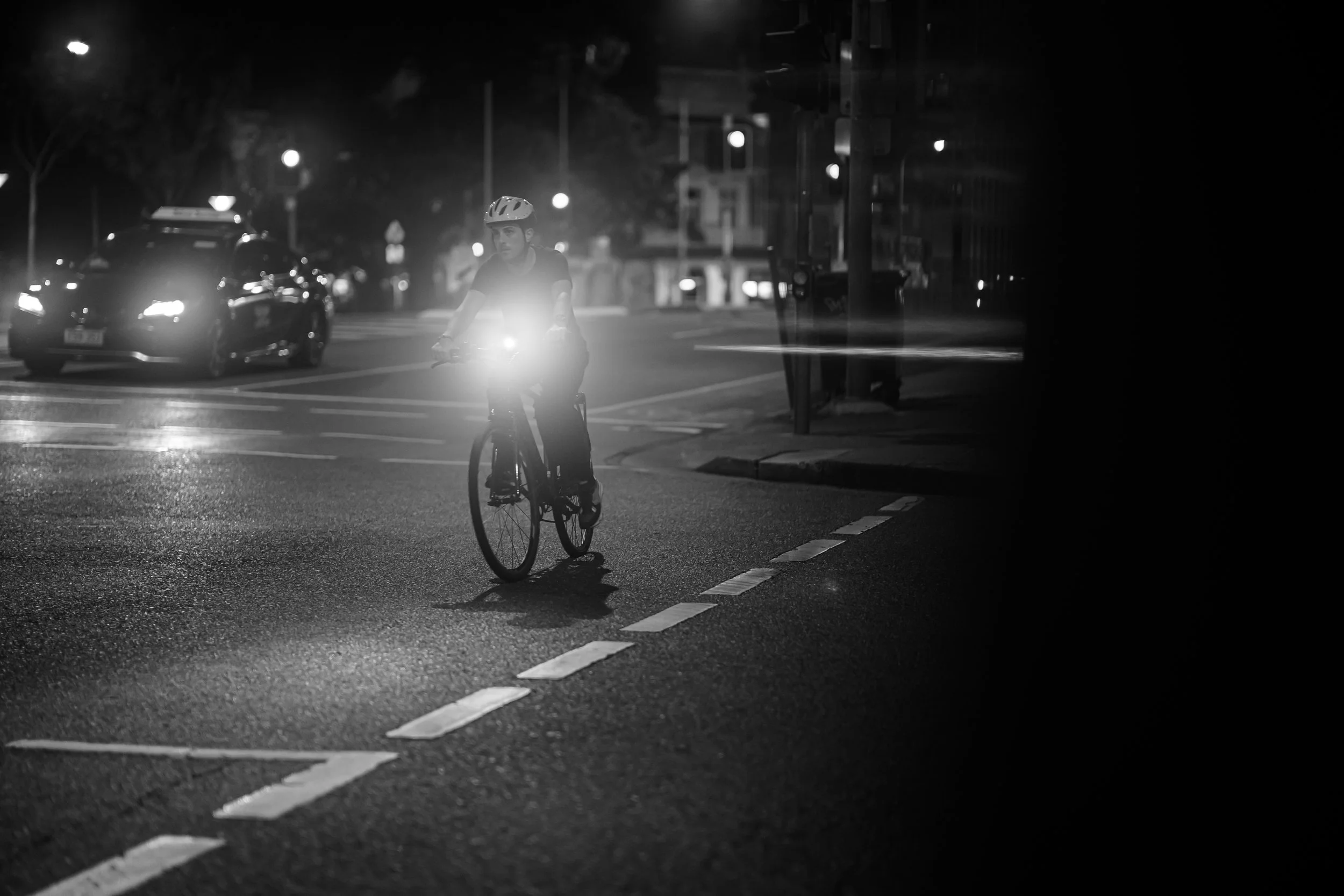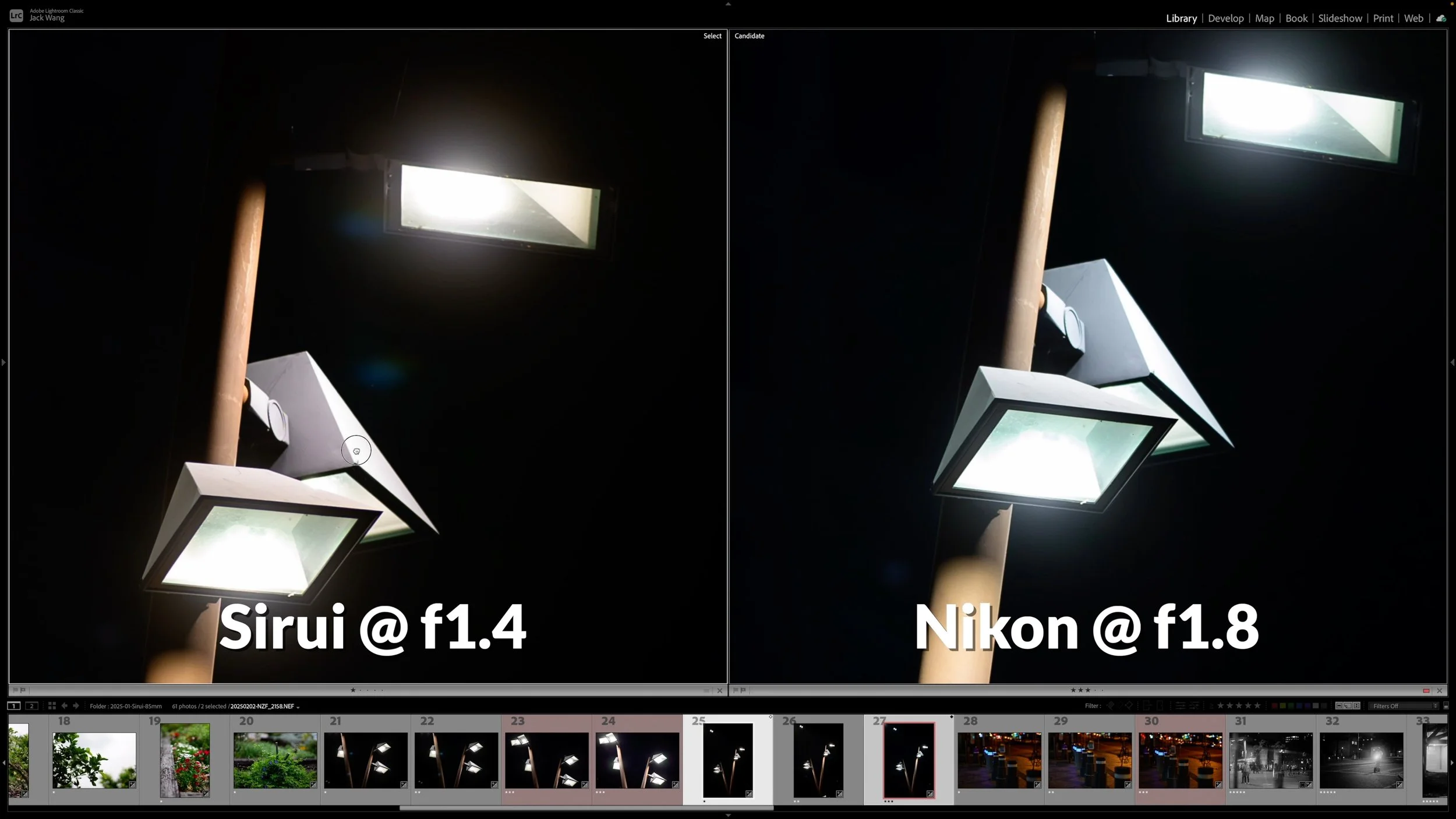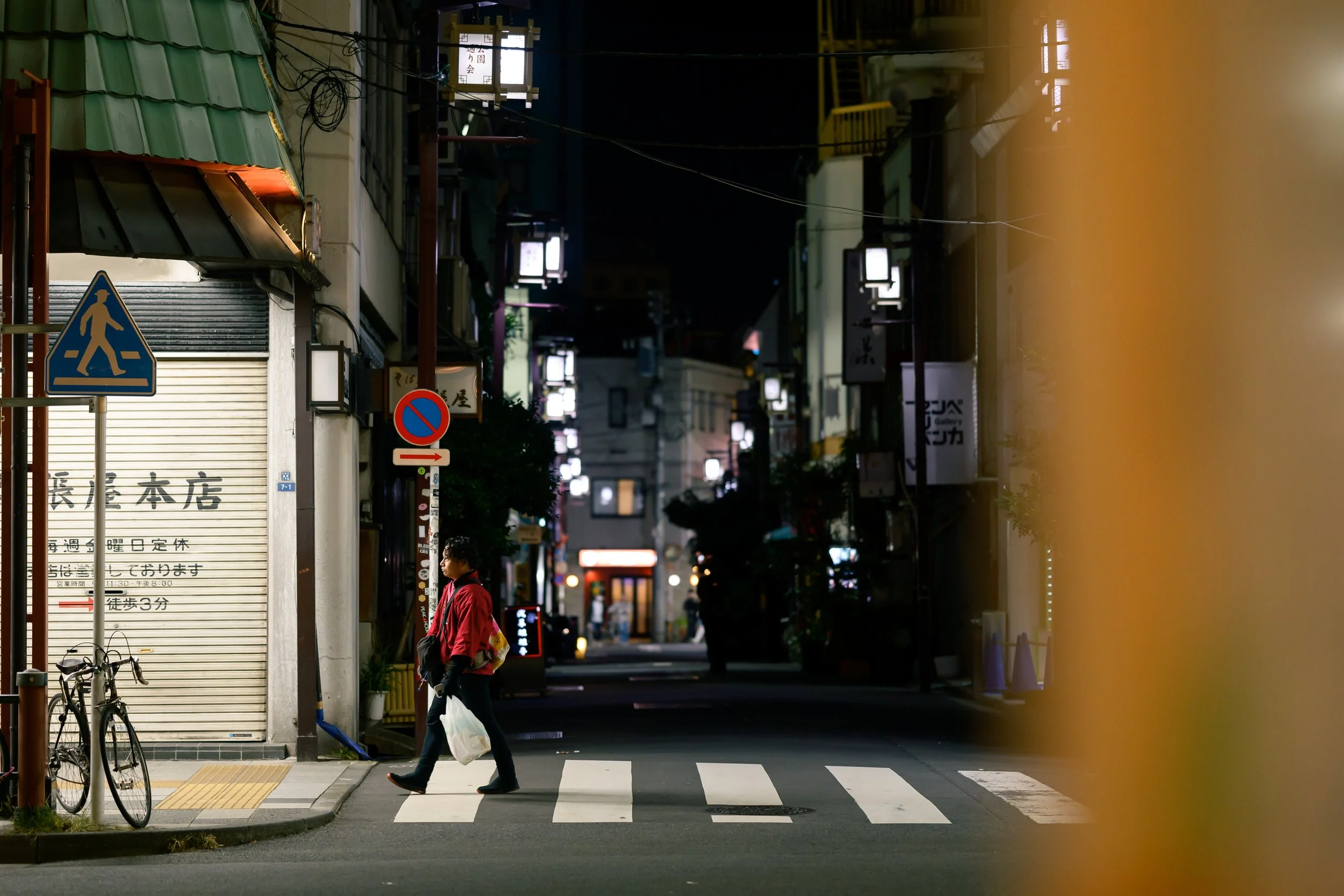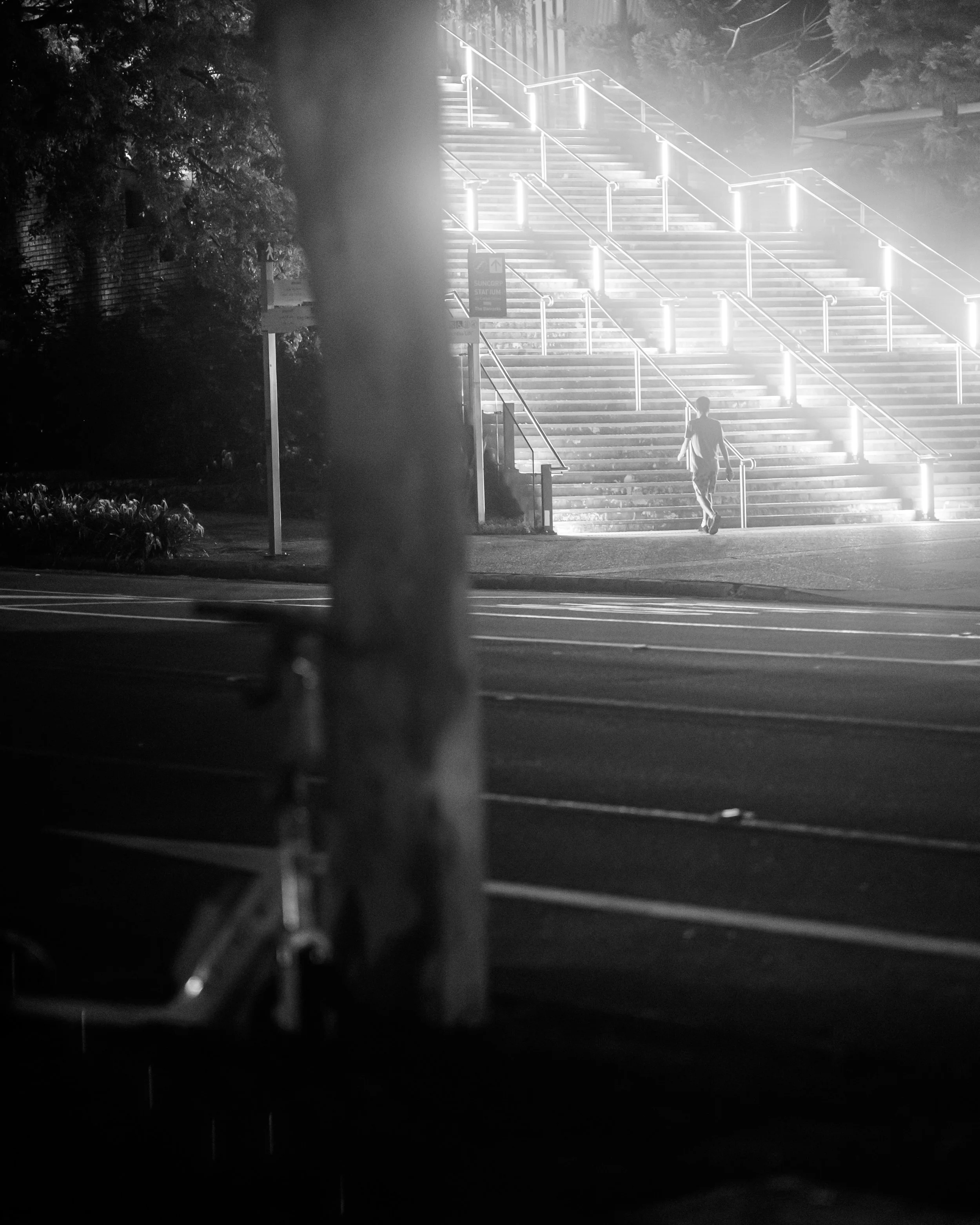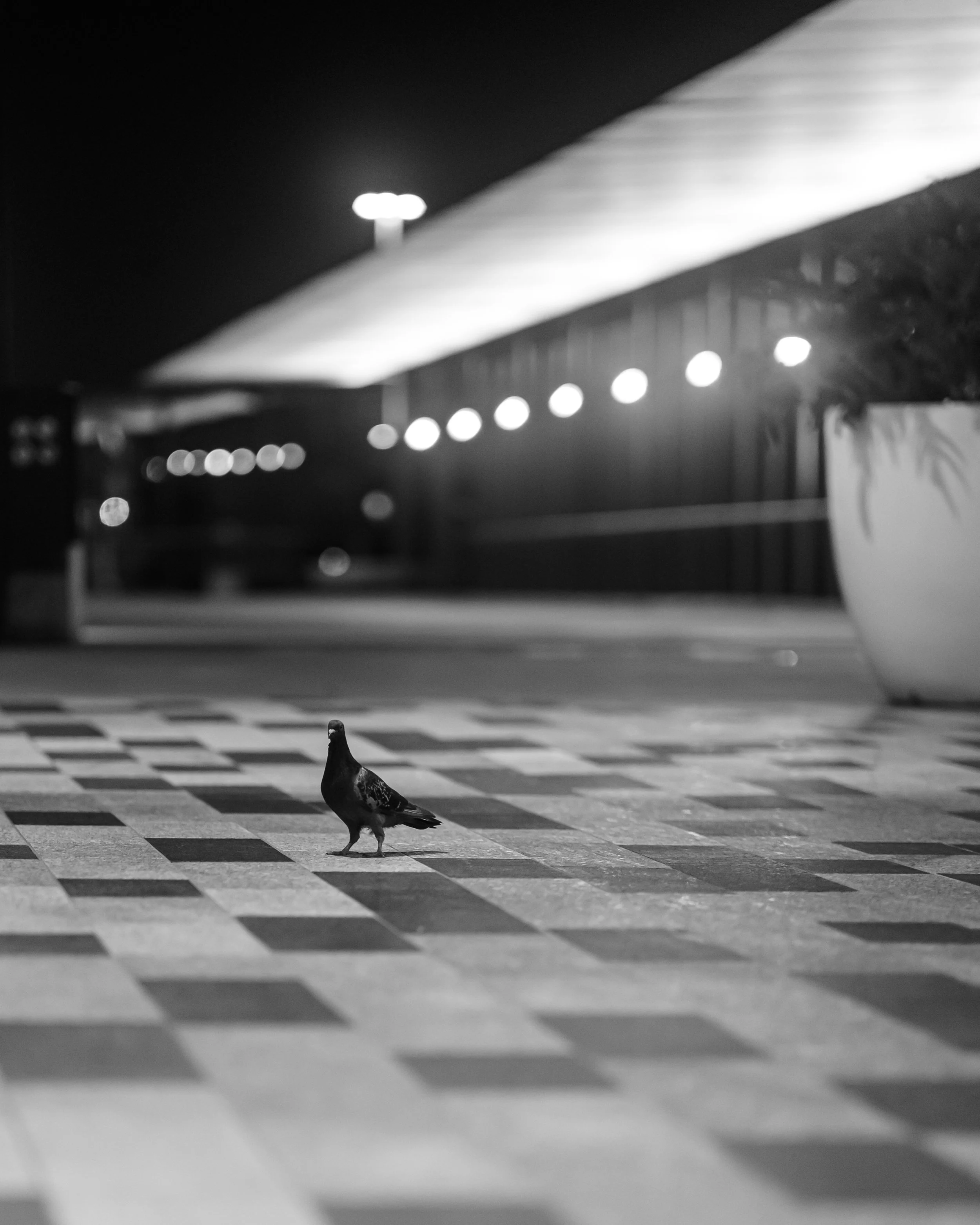My Go-To Lens for Travel: Dreamy Vs Reality? Nikon 85mm f1.8 S vs Sirui 85mm f1.4 Aurora
It took 100,000 frames on my last Japan trip, before I realised the Nikon 85mm f1.8 S had become my go-to travel lens for the Nikon Zf.
Nikon Zf + Nikon 85mm f1.8 S (Asakusa Tokyo)
85mm is common, f1.8 nothing special, but to date none of the other options beat Nikon at anything other than price.
Sirui’s 85mm f1.4 Aurora is the first third party 85mm offering something more than just a bargain, but is dreamy rendering the best choice for travel photography?
I want to capture the surroundings in a way that best matches my memories.
Because once the trip ends I’m forced to come back down to reality.
Nikon Zf + Sirui 85mm f1.4 at f1.4 (Brisbane, Australia).
While I love the clean look of Nikons 85mm f1.8 S, it’s not for everyone.
It’s modern, sharp, with a true to life rendering that matches my memories. But just because it has no obvious flaws doesn’t mean it’s flawless. It lacks that dreamy ethereal look most people want in portraits. Unless you adapt F-mount glass, or upgrade to the huge f1.2 S, there weren’t any native Z-mount 85s that gave you this look, until Sirui’s 1.4 aurora.
I did find two minor weaknesses expected at this lens’s price point, but in addition to the brighter aperture, Sirui’s 85 has 3 unexpected strengths when compared to the Nikon. Anyway, since coming home from Japan I’ve been chasing dreamy over reality.
Compared to the technicolor street scenes sprawled out across Japan, everything back home feels grey.
Nikon Zf + Sirui 85mm f1.4. Shot wide open at f1.4 with Sirui Promist filter attached
1. Build Quality
Most of the reviews out there have covered the Sirui as a budget value pick, but it isn’t dramatically cheaper than Nikon’s.
Sirui views this lens as something that stands up to first party glass, and the first unexpected strength of the Sirui compared to the Nikon 85 is build. It’s all-metal, clicky aperture ring, which you can set to A if you want to control it from the command dials. There’s a big gap between A and F16 so you don’t change it back by accident, but the aperture ring isn’t lockable.
Nikon’s 85 is a plastic metal composite, there are fewer buttons and controls, and of course no aperture ring. I’m impressed with the fact that Sirui is weather sealed - not many third party offerings are - there’s a rubber seal around the rear lens mount which also houses a USB-C port, and it’s sealed internally throughout.
The front lens element has a fluorine coating - we’ll test how well it works against flares later, and the package I received came with a lens pouch, plastic lens hood, UV filter that perfectly matches the finish of the lens, as well as a black promist.
Even though both the Sirui and Nikon use 67mm front filters, the Nikon has a smaller form factor. The weight difference on paper isn’t dramatic - 470 grams for Nikkon, 540 for Sirui, but how dense all the glass is on the 1.4 Sirui does make it thicker and more front heavy.
The lighter Nikon is better suited for travel.
I own 7 native Nikon Z primes so why this 85 for travel?
I thought I liked the 35 and 50 f1.8 S more, but the proof is in the pudding. This Nikon 85 keeps finding a way to sneak into my bag, I didn’t even plan on bringing it on my last Japan trip. But when push comes to shove I know this lens will give me distinctive looking frames, even in the most cliche crowded tourist traps.
The tighter telephoto perspective will make sure I don’t end the day with photos that look like everyone else’s.
Nikon Zf + Nikon 85mm f1.8 S (Asakusa, Tokyo)
2. Sharpness
The first of two weaknesses of the Sirui compared to the Nikon 85 is to be expected - sharpness. In the center the Sirui is not super sharp or contrasty at f1.4, the Nikon is sharper at f1.8 - it’s not a fair comparison, but that’s wide open performance.
Sirui 85mm f1.4 wide open at f1.4
Sirui 85mm f1.4 at f1.8
Nikon 85mm f1.8 S wide open at f1.8
When I stop down the Sirui to f1.8 though that detail comes back along with more contrast, still not quite as sharp as the Nikon at f1.8 and it’s a similar story in the corners. Is it acceptably sharp at f1.8? For landscapes and architecture I’d stop down to f4, but for portraits it’s definitely sharp enough, and you have the option of f1.4 which you don’t have on the Nikon. For street photography you don’t need f1.4, f1.8 is plenty bright enough when you can go up to ISO 64000 on the Zf.
But the look is why you go for f1.4
Even the grimiest corners turn into beautiful scenes when you’re travelling across Japan, there’s no need for pro mist filters or dreamy rendering when it looks this good everywhere. My most memorable travel shots from the past year were all taken on this Nikon 85, but as soon as the trip ends this lens gets packed away. While its true to life look was an asset on the road, it becomes a hindrance back home.
But on this night-time photowalk on the same old hometown streets I pulled out every trick in the book. Monochrome only, wide open at f1.4, plus a black promist shooting into the light to escape my boring reality.
Nikon Zf + Sirui 85mm f1.4 wide open at f1.4
3. Bokeh
I’ve never had an issue with the bokeh on my Nikon 85mm.
It’s smooth, creamy, doesn’t quite have flat field curvature like the 50mm f1.8S but the falloff looks very clean. F1.8 is fast enough on an 85 for me, I’m never looking to obliterate the background that much while I’m traveling, but it’s a different story in my hometown.
I need every tool to wring more visual interest out of these same old boring streets, hence f1.4. The second strength of the Sirui is the fact that its bokeh balls look bigger at f1.4 than the Nikon at f1.8, which when coupled with the low contrast glow gives off a beautiful dreamy rendering. This is to be expected, f1.4 vs f1.8, but what’s unexpected is how smooth the bokeh looks when stopped down. Some catseye and lemon-shaped bokeh at f1.4, but when you stop down the Sirui to f1.8 the bokeh balls look more round than the Nikon at f1.8.
The Sirui has a staggering 15 rounded aperture blades versus Nikon’s 9, and the end result is a very usable modern image with beautiful bokeh even when stopped down. But if you’re someone who likes the image better at f1.8 on the Sirui, dreamy rendering’s not for you. The Nikon is the better fit.
Nikon Zf + Sirui 85mm f1.4 stopped down to f1.8
Nikon Zf + Nikon 85mm f1.8 S, wide open at f1.8
4. Autofocus
The second and last weakness I found on the Sirui when compared to the Nikon 85 is not in its optical aberrations - more on that in a second, but the speed of its autofocus.
As it goes from minimum focus distance of 0.8 metres to infinity even on the Z8 (Nikon’s fastest autofocusing camera along with the Z9) the Sirui is slower than the Nikon. But what is ABSENT is pulsing or hunting. What it lacks in speed it makes up for in accuracy and consistency, so it is perfectly usable on the Zf in dynamic street photography settings. I never missed a shot because of the lens’s autofocus speed alone, even for people riding on scooters or bikes late at night. I’m shooting with a black pro mist filter at night, there’s a headlamp shining directly into the lens, and the 3D tracking and eye/face detection work about as well as the I normally expect on Nikon’s 85.
Nikon Zf + Sirui 85mm f1.4, wide open at f1.4 with Sirui Promist filter attached
Nikon Zf + Sirui 85mm f1.4, wide open at f1.4 with Sirui Promist filter attached
These worst-case lighting scenarios did reveal the third and last unexpected strength of the Sirui…
Nikon Zf + Sirui 85mm f1.4, wide open at f1.4
5. Aberrations
Shooting the Sirui wide open at f1.4, in the over-exposed blown out highlights, barely any purple fringing. A hint more green fringing, but any CA is minimal and very well controlled. That’s not the surprising part - I see similar performance from TTartisan and 7Artisans, CA seems to be the first box to tick for third party glass.
But the biggest achilles heel for third party makers is how expensive the R&D is to develop their in-house lens coatings, and most of the time there’s huge ghosting and veiling with strange prismatic reflections when shooting directly at light sources.
This Sirui 85mm controls flaring the best out of any third party Z mount lens I’ve tested - even without the lens hood attached - a gentle dampening of these street lamps that still retains a normal level of contrast. At f1.4 there’s a tiny bit of veiling in these small trapezoidal diffractions. To keep things in perspective on how good Nikon’s arneo and nanocrystal coatings are for S-line glass, here’s Nikon’s 85 at f1.8 - very dampened, no veiling, sharpness and contrast still all there.
But what’s not there on the Nikon is a surrealist look, something reserved for f1.4 glass.
Nikon Zf + Nikon 85mm f1.8 S (Asakusa, Tokyo)
Travel photography is how I’ve been documenting my authentic Japan experiences, and I’ve been chasing that feeling at least once a year for the past 15 years.
But only once the edits are done, photos backed up, do I breathe a sigh of relief, because travel and photography are both unnecessarily stressful. That pressure-cooker overseas environment can spark new videas, but nothing beats home court advantage when it comes to street photography.
Nikon Zf + Sirui 85mm f1.4, wide open at f1.4 with Sirui Promist filter attached
Nikon Zf + Sirui 85mm f1.4, wide open at f1.4 with Sirui Promist filter attached
Nikon Zf + Sirui 85mm f1.4, wide open at f1.4 with Sirui Promist filter attached
Creating something something new from the things you walk past every day is an exercise worth doing, and a lens with more visual flare like Sirui can help you stay motivated and keep on shooting.
It’s the most premium and brightest third party 85 I’ve tested to date for Nikon, another great option for Z-mount shooters while we wait for the next S-lens release. I’ll stick with my 85mm f1.8 S for now due to its more compact form factor for travel, but the Sirui is a worthy competitor for new Z mount shooters.
Happy shooting everyone, talk soon.
Jack.
Want to support the channel? Affiliate links for my photography and videography gear can be found here.

